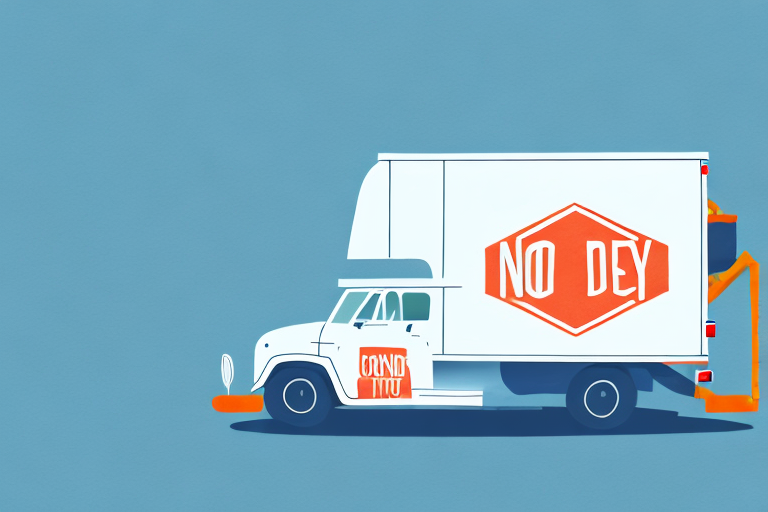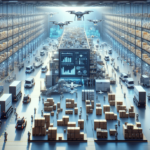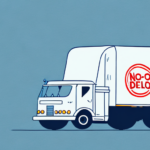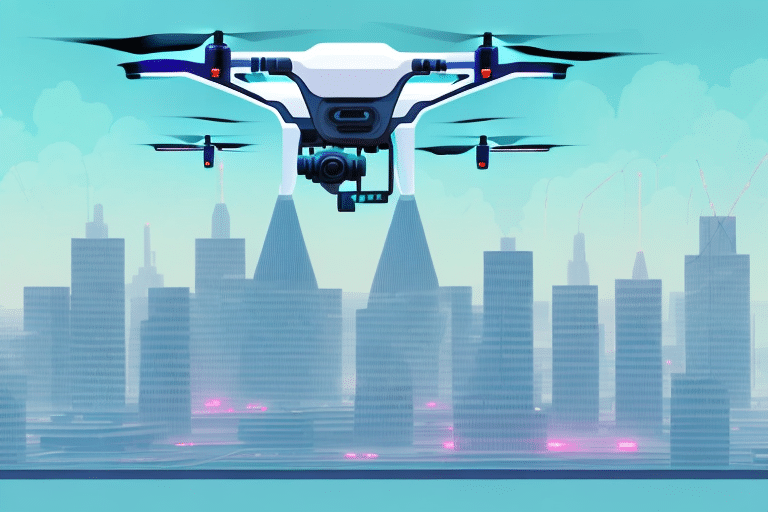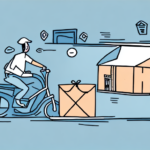Understanding No Contact Delivery: Definition and Overview
No contact delivery refers to a method where customers receive their orders without direct physical interaction with the delivery personnel. This approach has significantly gained traction in the food industry, particularly accelerated by the COVID-19 pandemic, as it emphasizes safety and convenience for both customers and delivery staff.
Why No Contact Delivery is Becoming the Norm in the Food Industry
Enhanced Convenience for Customers
No contact delivery offers unparalleled convenience, allowing customers to place orders online and receive their food without waiting for the delivery person. This streamlined process caters to the increasing demand for quick and efficient service.
Improved Hygiene and Safety
By minimizing physical interactions, no contact delivery reduces the risk of contamination and the spread of infectious diseases. According to a World Health Organization report, maintaining social distancing is crucial in controlling virus transmission.
Environmental Benefits
Reducing the need for delivery personnel to make multiple stops can decrease fuel consumption and lower greenhouse gas emissions. This aligns with the growing movement towards sustainability in the food industry.
Advantages of No Contact Delivery for Food Businesses
Increased Customer Satisfaction
Offering no contact delivery can enhance customer satisfaction by providing a safe and reliable delivery option, which is particularly valued during health crises.
Broadened Customer Base
Businesses that implement no contact delivery can attract a wider range of customers, including those who prioritize health and safety in their purchasing decisions.
Operational Efficiency
Streamlining the delivery process by reducing face-to-face interactions can lead to faster delivery times and lower operational costs. According to a Statista report, efficient delivery processes are directly linked to increased profitability in the food sector.
Implementing No Contact Delivery in Your Food Business
Upgrade Your Online Ordering System
Ensure that your online platforms are equipped to handle increased order volumes and provide clear instructions for no contact delivery. Integrating reliable payment gateways can further enhance the customer experience.
Communicate with Your Customers
Use email, social media, and your website to inform customers about the no contact delivery option. Clear communication can help manage customer expectations and promote the new service.
Train Your Delivery Personnel
Proper training on safety protocols, such as wearing masks and gloves, handling food securely, and maintaining social distancing, is essential. Providing delivery staff with necessary protective equipment ensures compliance with health guidelines.
Monitor and Adapt
Regularly assess the effectiveness of your no contact delivery system by collecting customer feedback and analyzing delivery metrics. This continuous improvement approach helps maintain high service standards.
Customer Expectations with No Contact Delivery
Seamless Delivery Experience
Customers expect their orders to be delivered promptly and placed at their doorstep or a designated safe location. Notifications via SMS or email about the delivery status can enhance transparency and convenience.
Secure Packaging
Ensuring that food is securely packaged protects it from contamination and maintains its quality during transit. This attention to detail reassures customers about the safety and freshness of their orders.
Respect for Contact Preferences
Respecting customers' preferences for no contact interactions builds trust and fosters long-term loyalty. Providing clear instructions on how to retrieve and handle orders can further improve their experience.
Safety Protocols in No Contact Delivery
Personal Protective Equipment (PPE)
Delivery personnel should wear masks, gloves, and other PPE as required to prevent the spread of illnesses. Regular hand sanitization and adherence to hygiene standards are critical components of safety protocols.
Sanitization of Deliveries
Implementing thorough sanitization practices for both food items and delivery containers ensures a clean and safe delivery process. Using tamper-evident packaging can also enhance security.
Compliance with Health Guidelines
Staying updated with local and international health guidelines helps maintain safe delivery practices. Adhering to these regulations is essential for protecting both customers and employees.
Best Practices for Ensuring Customer Satisfaction with No Contact Delivery
Clear Delivery Policies
Establish comprehensive delivery policies that outline the steps involved in no contact delivery. Transparent policies help manage customer expectations and reduce potential misunderstandings.
Efficient Communication Channels
Maintain open lines of communication with customers to address any concerns or questions promptly. Providing multiple contact options, such as phone, email, and chat support, can enhance customer service.
Flexible Payment Options
Offering various contactless payment methods, including mobile wallets and online transactions, caters to different customer preferences and minimizes physical interactions during payment.
Consistent Quality Control
Regularly monitor the quality of delivered orders to ensure consistency and satisfaction. Implementing feedback mechanisms allows businesses to identify areas for improvement and maintain high service standards.
Comparing No Contact Delivery with Traditional Delivery Methods
Safety and Health Implications
Unlike traditional delivery methods that involve direct interaction, no contact delivery significantly reduces the risk of virus transmission, making it a safer option in the current health climate.
Efficiency and Speed
No contact delivery can streamline the delivery process by minimizing delays associated with face-to-face handovers. This efficiency can lead to faster delivery times and improved customer satisfaction.
Environmental Impact
By optimizing delivery routes and reducing unnecessary stops, no contact delivery can contribute to lower fuel consumption and reduced carbon emissions compared to traditional methods.
The Role of COVID-19 in Popularizing No Contact Delivery
The COVID-19 pandemic has been a catalyst for the widespread adoption of no contact delivery. With social distancing measures and lockdowns in place, businesses had to quickly adapt to maintain operations while ensuring safety. According to a McKinsey report, the demand for contactless services surged, leading to lasting changes in consumer behavior and expectations.
Technological Advancements
The pandemic accelerated the integration of technology in the food delivery sector. Innovations such as automated ordering systems, GPS tracking, and smartphone notifications have enhanced the efficiency and reliability of no contact delivery services.
The Future of No Contact Delivery in the Food Industry
No contact delivery is poised to remain a significant aspect of the food industry post-pandemic. As consumer preferences continue to evolve towards convenience and safety, businesses will likely continue to invest in and refine their no contact delivery systems. Future advancements may include the use of drones and autonomous vehicles to further enhance delivery speed and reduce human contact.
Sustainable Delivery Solutions
Embracing eco-friendly delivery options, such as electric vehicles and bicycle couriers, can complement no contact delivery by addressing environmental concerns and promoting sustainability within the industry.
Integration with Smart Technology
The integration of smart technology, including AI-driven logistics and personalized delivery experiences, can elevate the efficiency and customer satisfaction associated with no contact delivery.
In summary, no contact delivery has transformed the food industry's delivery landscape by prioritizing safety, efficiency, and customer convenience. By adopting and continuously improving no contact delivery practices, food businesses can stay competitive, meet evolving consumer demands, and contribute to a sustainable future.













